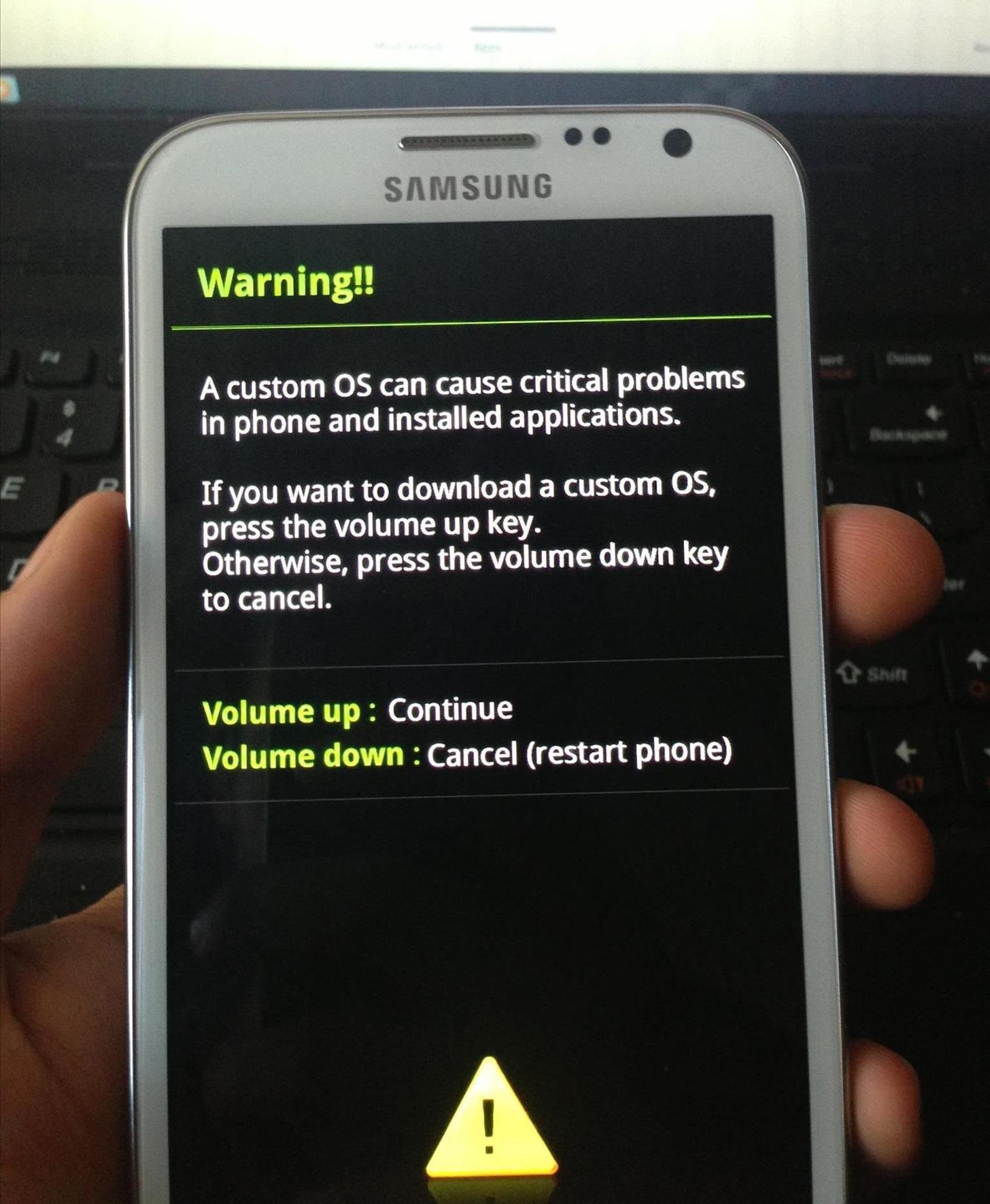Based on the speed and accuracy, HackerRank has ranked more than 1.5 million developers. Its recent study shows that China has the world’s best programmers, followed by Russia and Poland. While China emerged as the top performer by scoring 100, it won by a hair as Russia scored 99.9 out of 100.
Asian tech giant China managed to outscore all other countries in the field of mathematics, data structure, and functional programming challenges. The silver medalist Russia dominated in the algorithms, which is also the most popular and competitive arena on HackerRank.
Top 10 countries with the best computer programmers
- China
- Russia
- Poland
- Switzerland
- Hungary
- Japan
- Taiwan
- France
- Czech Republic
- Italy









